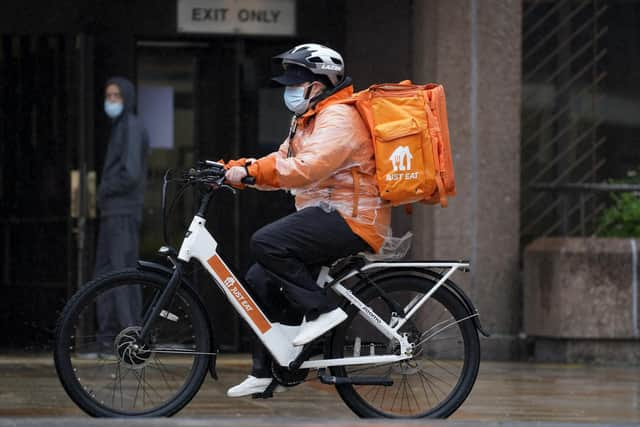Just Eat to remain profitable in 2023 despite consumers reining in spending
The Amsterdam-based group swung to underlying earnings of 19m euros (£16.7m) last year from losses of 350m euros (£308m) in 2021 thanks largely to cost-cutting efforts.
In the UK and Ireland, it saw earnings of 23m euros (£20.2m) from losses of 107m euros (£94.2m) the previous year.
Advertisement
Hide AdAdvertisement
Hide AdThe group said it expects to remain profitable in 2023, with earnings of around 225m euros (£198m), but said growth will be skewed towards the end of the year given the recent decline in orders while it is also expecting pressures from wage costs and an uncertain economic backdrop. The group revealed its wage costs jumped by 41 per cent to 1.3bn euros (£1.1bn) in 2022, but the group froze hiring in June last year to help bring staff expenses in line with falling orders.


Jitse Groen, chief executive of Just Eat Takeaway.com, said: “In 2022, our priority was to enhance profitability and strengthen our business.
“As a result, we materially improved our financial performance.
“We expect a further improvement to adjusted EBITDA in 2023 and our ambition to create a highly profitable food delivery business is firmly on track.”
In the UK, order numbers plunged 10 per cent to 260m, having fallen sharply in the final quarter, but still representing more than a quarter (26 per cent) of total group orders.